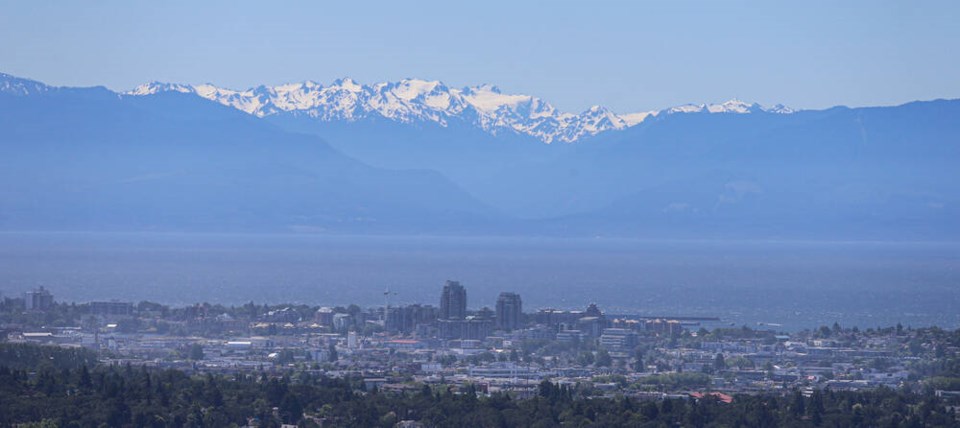Statistics Canada wiped away the notion of Victoria and Vancouver Island as well-kept secrets when it released census data Wednesday showing significant population growth, fuelled mainly by in-migration, in most parts of the Island.
The numbers paint a picture of a region that’s in demand, with Greater Victoria showing an eight per cent increase in population to 397,237, while the Island as a whole grew 8.2 per cent to 864,864.
“It really underscores the fact that Victoria and the Island have been discovered, or are no longer a secret, that’s for sure,” said David Langlois, past president of the Victoria Real Estate Board.
Langford, with 31.8 per cent growth since 2016, to 46,584, was the fastest-growing municipality in B.C. and third fastest-growing community in Canada, while Sooke ranked second in the region with a 16 per cent increase to 15,086, and Colwood saw a 12.5 per cent increase to 18,961.
Langford’s rapid growth rate came as no surprise to Mayor Stew Young, who said the municipality has been growing at that rate for nearly a decade.
“Langford is desirable now and we’ve got all new infrastructure and we’re building affordable housing for people. We’re doing our part,” he said, noting the regional growth strategy has dictated Langford would take on the lion’s share of housing. “We’ve done that for 20 years.”
But with demand for housing constantly growing, Young said, other municipalities also need to help address the shortage of affordable housing.
“We can double what we’re doing and there still wouldn’t be enough housing,” he said. “We really do need all the municipalities looking at this as an affordable-housing crisis and coming up with ways to do better. And a lot of it is just moving the red tape and the bureaucracy.”
Young said the next stage of Langford’s growth will be adding arts venues and a university.
If the municipality can attract a university, he said, it would be able to alleviate some of the transportation problems of West Shore students.
While the West Shore growth wasn’t a surprise, Esquimalt Mayor Barb Desjardins said she was baffled by the census finding that the municipality’s population had decreased slightly over the last five years. Esquimalt’s population slipped 0.7 per cent to 17,533 in 2021.
“I don’t understand the reduction because everything we see is indicative of growth,” she said, noting both the province and Capital Regional District have given reports showing the district has grown. “It may not be a significant reduction in terms of being statistically significant, but it is baffling to me.”
Desjardins said the concern is how the census numbers will be used when it comes to funding over the next five years.
“Everyone from the CRD, school districts and even our own municipality will use these numbers in terms of planning,” she said, noting, for example, that schools are full and in need of expansion, but that could be brought into question by flat census numbers.
“It’s going to be an uphill battle in terms of ensuring everyone’s planning is reflective of what is actually happening in terms of building rather than the statistical numbers,” she said. “You can visibly see a change in our community, our population, there are many more young families. So how, how did that get missed?”
Statistics Canada said the population of the country grew 5.2 per cent to 36.99 million in 2021, with 80 per cent of the increase in population over the last five years attributed to new arrivals.
The 2021 census marked the first time B.C.’s population exceeded five million people. It’s now 5,000,879.
B.C. is the only western province where the number of people moving into the province from other parts of Canada exceeded those moving out. The province’s inter-provincial population gain was 97,424 between the last census and 2021.
aduffy@timescolonist.com



